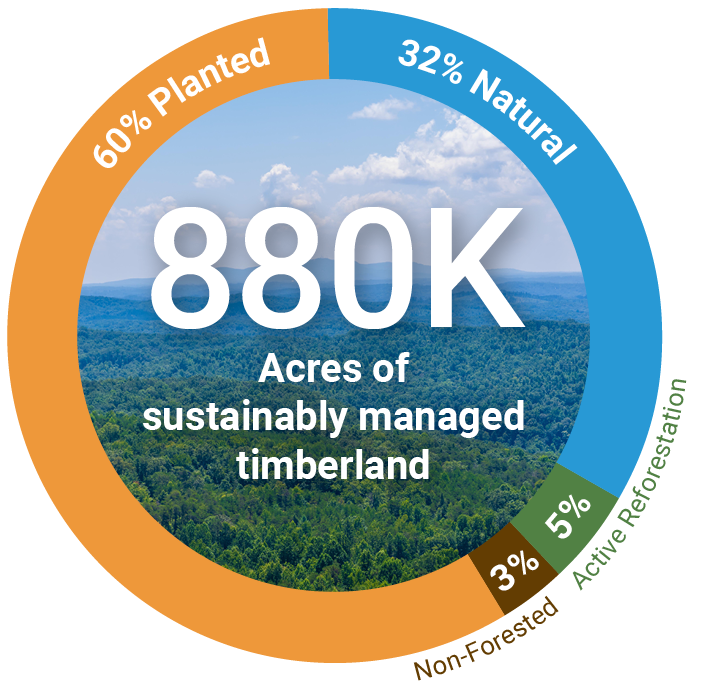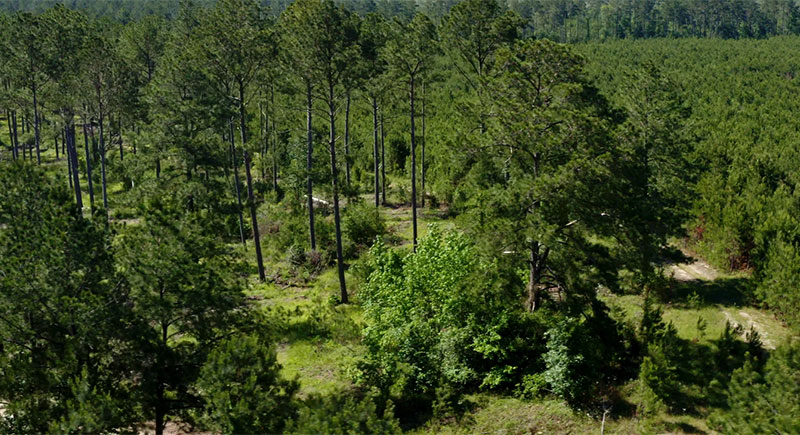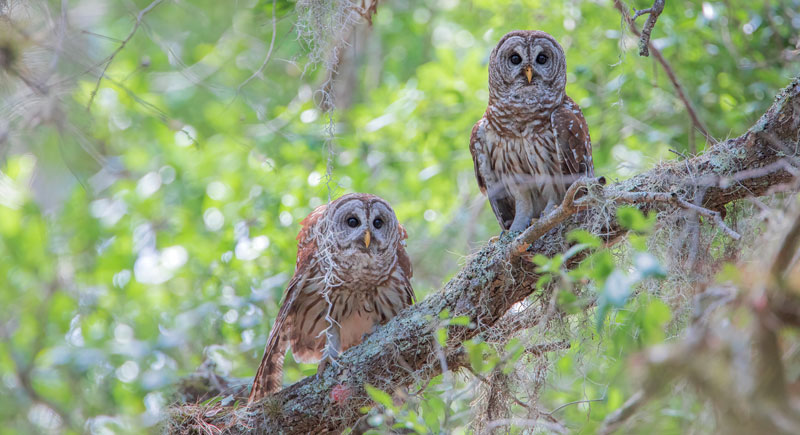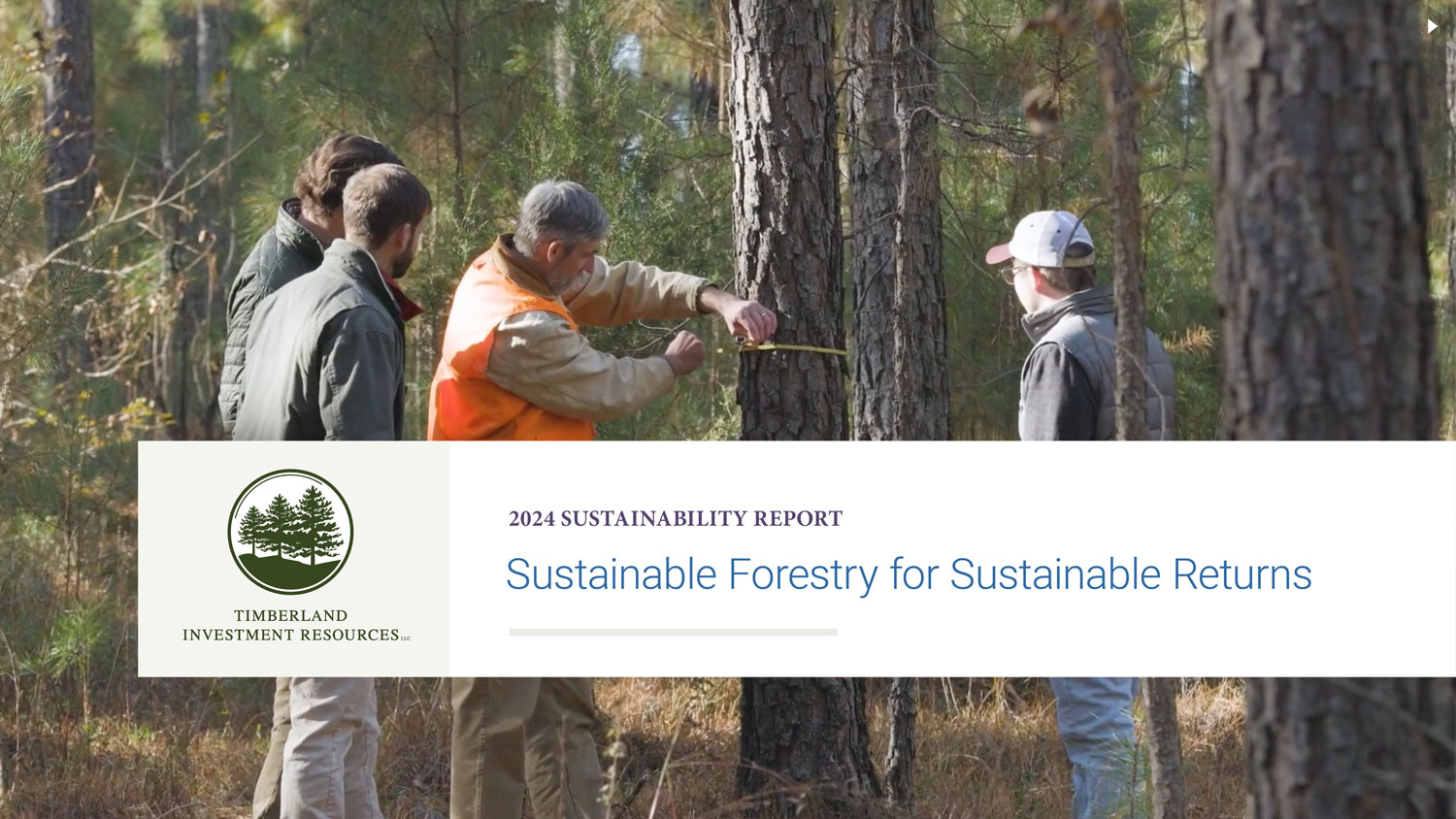Firm’s Third Annual Report Showcases the Achievements, Principles, and Priorities That Define Its Commitment to Sustainable Forestry


ATLANTA, GA — Timberland Investment Resources, LLC (TIR), one of the world’s leading private equity timberland investment managers, today announced the release of its 2024 Sustainability Report.
The report’s theme, “Sustainable Forestry for Sustainable Returns,” highlights Timberland Investment Resources’ structured process of identifying and assessing the material sustainability factors in its investments and operations.
“Managing timberland sustainably leads to important financial outcomes.”
Tim Hartigan, President and Managing Partner, introduced the report by noting that “managing timberland sustainably leads to important financial outcomes.” He expanded on this idea of sustainability by explaining how TIR thinks of forests as a “living ecosystem” where active management creates “vibrant, healthy forests that are more resilient against pests and disease.” Hartigan noted that across the firm’s “entire managed acreage, we experienced <0.1% in casualty losses from fire and insect damage in 2024.”
To achieve this level of performance “forestry investments require sophisticated tools to navigate risks, optimize asset performance, and align with evolving sustainability standards,” said Justin Fier, Managing Director of Impact Strategy, who chairs the firm’s Sustainability Committee. The report’s Leveraging Big Data section talks about the people, process, and technology driving the firm’s sustainability performance.
The report takes a detailed, data-driven approach to show how TIR continues to deliver on sustainability in five key areas:
1
Protecting Sensitive Lands & Native Species: A Biodiversity Perspective
2
Wetland Mitigation and Ecological Balance
3
Making Carbon Count: Forest-Based Carbon Sinks and Credits
4
Focusing on Responsible Investing
5
Helping Communities and People Grow
“We are especially proud of the biodiversity work we have done: the report highlights the launch of our Winged Biodiversity™ program to maintain or enhance habitat for birds, bats, and pollinators,” said Fier. The program is guided by a panel of experts who help determine best management practices to promote winged biodiversity in forest management plans.

“This report helps our investors, partners, employees, and everyone we work with understand how we take environmental and social factors into account when making investment decisions.”
“This report helps our investors, partners, employees, and everyone we work with understand how we take environmental and social factors into account when making investment decisions,” said Hartigan. “We’ve set priorities that push TIR to keep raising the bar when it comes to being a responsible and thoughtful manager of sustainable forestry investments.”





